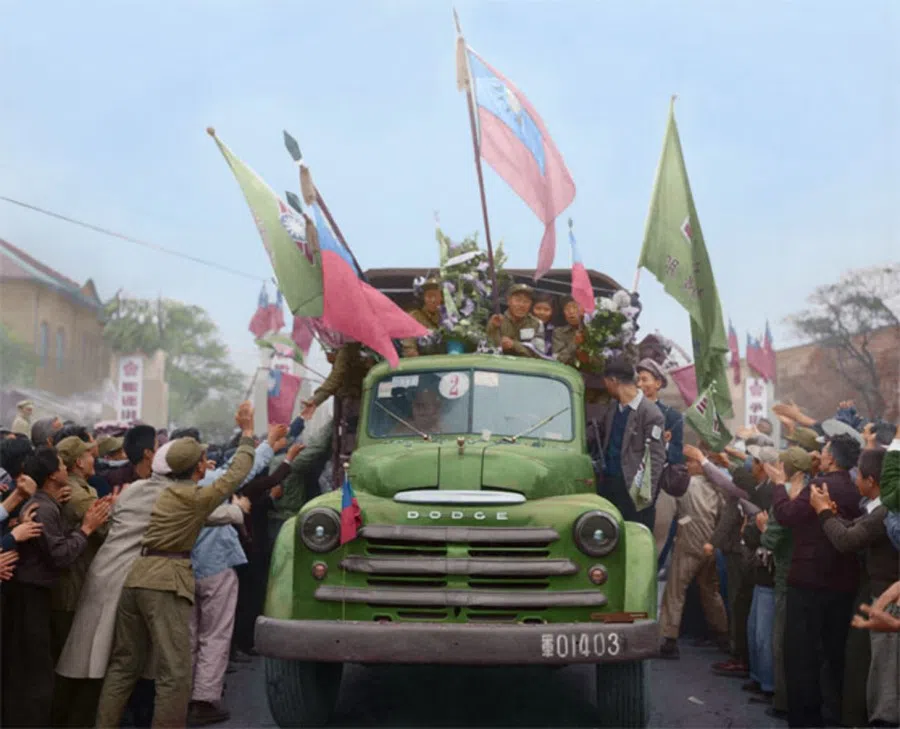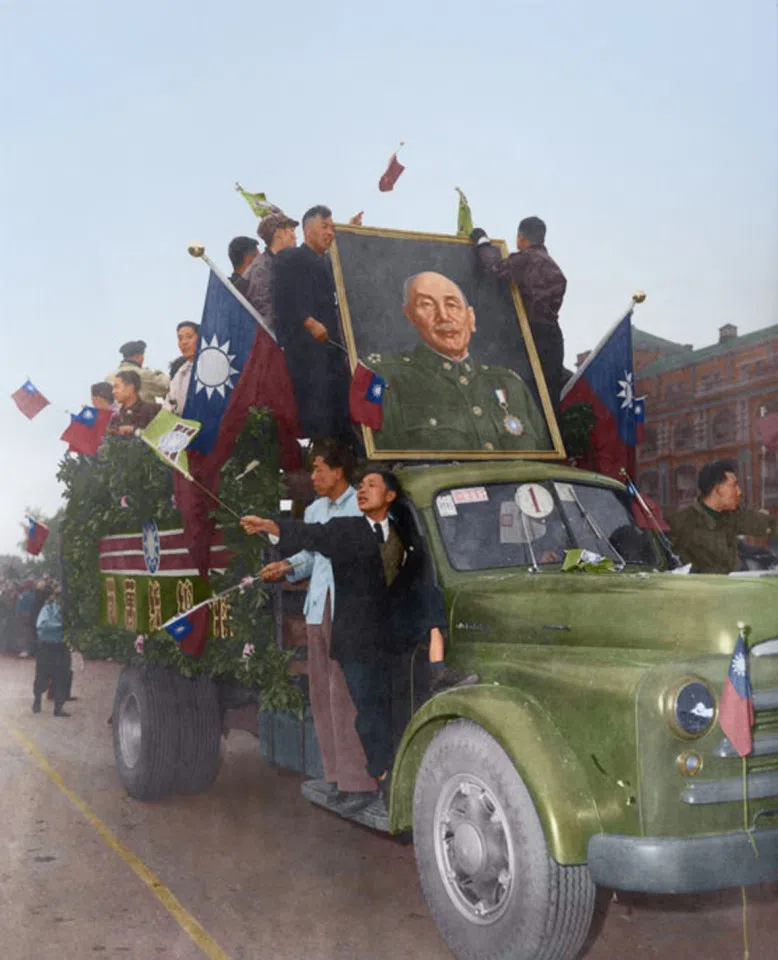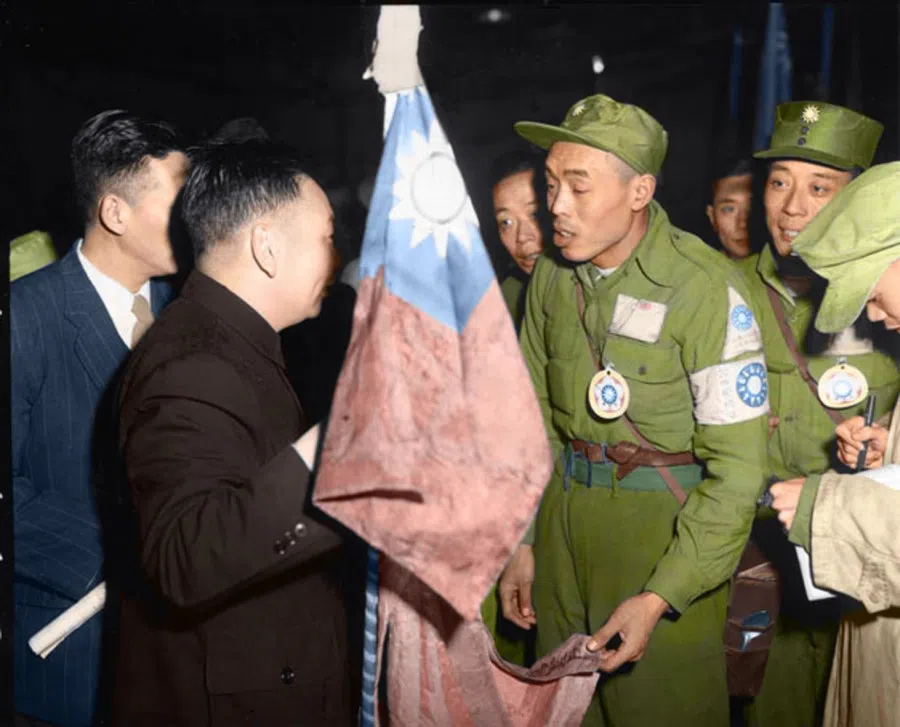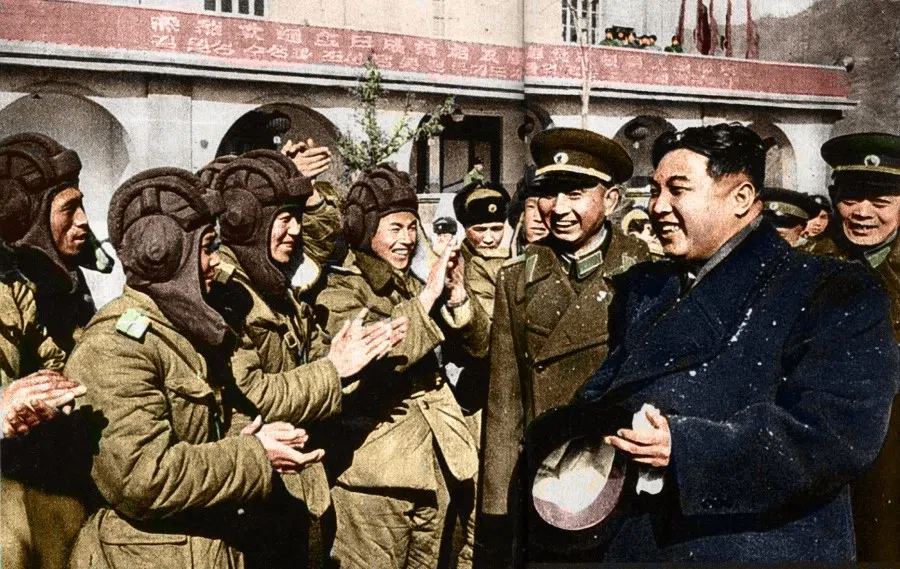[Photo story] The Korean War: The first large-scale war between China and the US
China and the US fought their first major war against each other during the Korean War. China's ill-equipped volunteer troops suffered huge losses, sacrificing eight lives for every one lost on the US side. Nonetheless, China showed great determination and resilience during the war. Historical photo collector Hsu Chung-mao delves deep into the images and facts of the Korean War, and reflects on how it has shaped modern international geopolitics.

(All photos courtesy of Hsu Chung-mao.)
At the end of the 19th century, China was ravaged by imperialism. During the Boxer Rebellion, the US was part of the Eight-Nation Alliance and had sent troops into Beijing to fight against the Qing army and the Boxers. However, to the Chinese, the US remained one of the friendlier Western powers. In fact, there was considerable discord among the Chinese about the Boxers and Empress Cixi. The southeastern provinces even proposed the "Mutual Protection of Southeast China" agreement, clearly distancing themselves from Beijing, refusing to declare war on the Western powers and not particularly objecting when the US sent troops into Beijing.
During World War II, China and the US were allies that fought shoulder to shoulder against fascism. But five years after the war, the Communist revolution emerged victorious in China. Ideological and geopolitical conflicts between the two countries led to the first large-scale battle between China and the US.
In late 1950, barely a year after its establishment by the Chinese Communist Party (CCP) following years of bloody revolution, the People's Republic of China entered a major regional war in the Korean peninsula. Their fearsome opponent had just won a complete victory in World War II, and had the world's best equipment and fighting capabilities: the US army.
Korean War turned the heat away from Taiwan
After winning the second World War, the US and Soviet Union entered an intense ideological and military face-off. Europe was split in two, while in Asia, the Korean peninsula was divided into the Democratic People's Republic of Korea (North Korea) and the Republic of Korea (South Korea). The CCP's successful revolution expanded communist power.
In the spring of 1950, the People's Liberation Army (PLA) gathered 500,000 troops in the Second and Third Field Armies and rounded up boats and civilians in Fujian. They were preparing to cross the sea and attack the Nationalist government that had retreated to Taiwan.
On 25 June 1950, North Korean leader Kim Il-sung instructed the Korean People's Army (KPA) to cross the 38th parallel dividing North and South Korea, and launch a strong southwards push. The attack was fierce; within three days, the KPA had captured the South Korean capital Seoul. The US government criticised the North Korean invasion through the UN Security Council, and prepared for military intervention. On 31 July, Supreme Commander for the Allied Powers General Douglas MacArthur went on a three-day visit to Taiwan, and met with President of the Nationalist government Chiang Kai-shek to discuss strategic military cooperation to stop the growth of communism. At the same time, a carrier strike force of the United States Seventh Fleet entered the Taiwan Strait to stop the PLA from crossing the sea to attack Taiwan, signalling the US's official intervention in the Taiwan Strait.
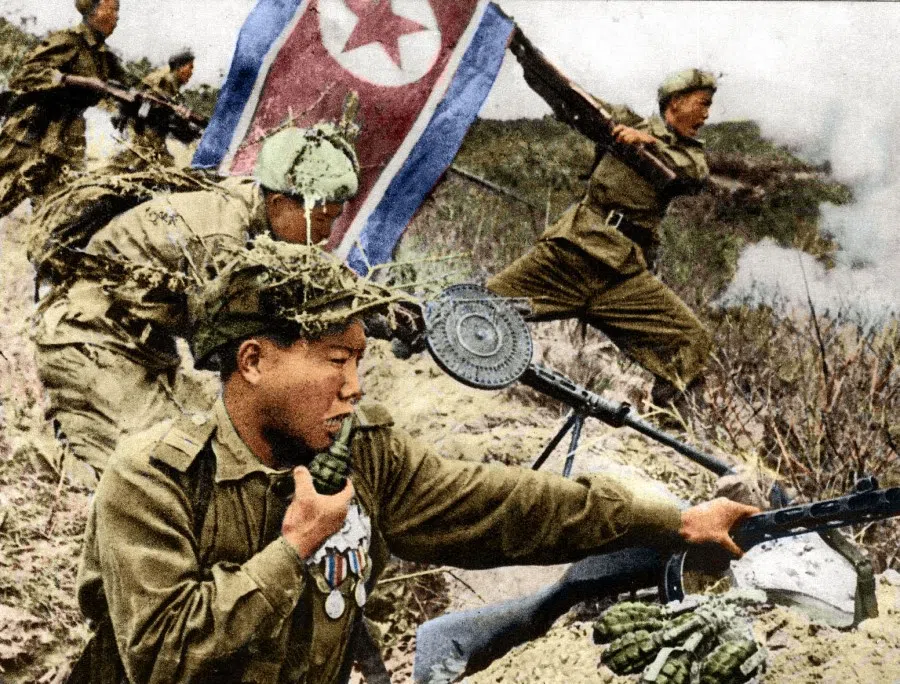
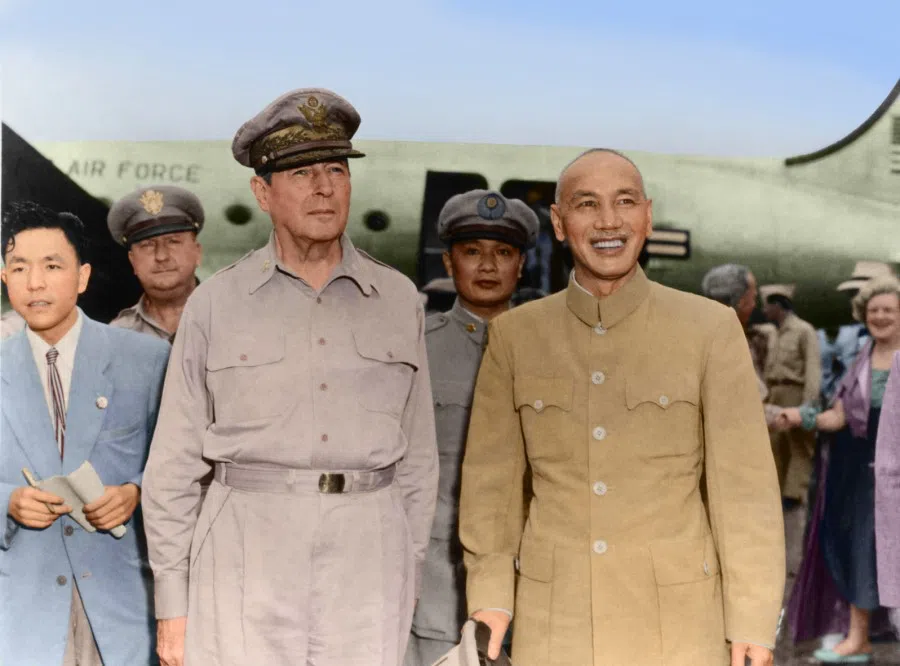
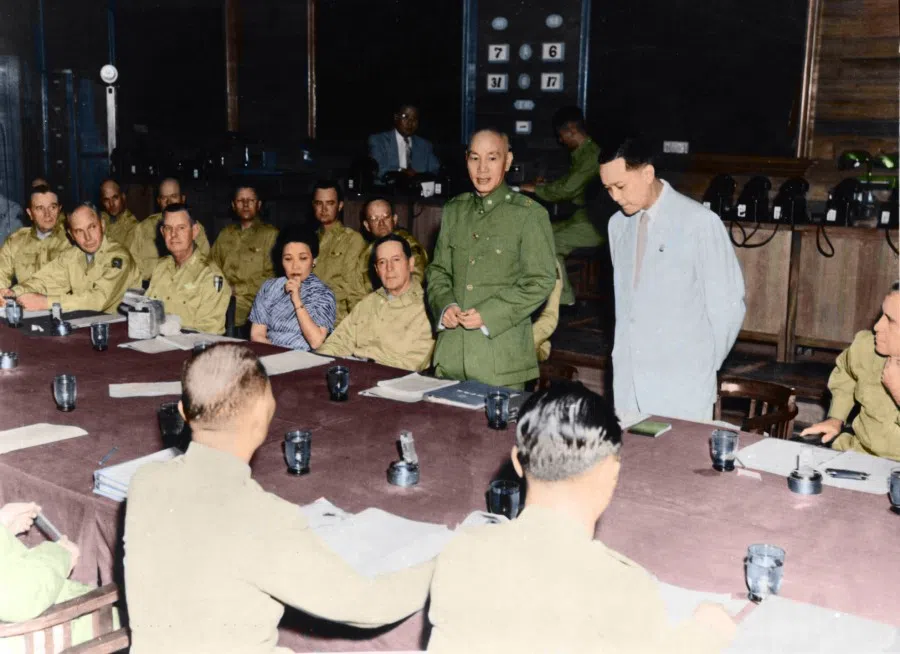

By mid-August, the North Korean troops had reached the outskirts of Busan, in the south of South Korea. On 15 September, led by General MacArthur, a 16-nation United Nations Command (UNC) force with a majority of US troops landed at the port of Incheon. They attacked in both the southward and northward directions, and were successful in defeating the North Koreans.
In late September, the UNC crossed the 38th parallel and attacked the North Korean capital Pyongyang. The vanguard rapidly approached the China-Korea border, and the PRC government sent volunteer troops across the Yalu River, and immediately engaged in direct combat with the UNC. This was the first time China and the US met on the battlefield as enemies, after being close allies during World War II.



North Korea's southward movement led to major geopolitical changes in Northeast Asia and Beijing quickly readjusted its defence strategy. Given the proximity of the Korean peninsula to Beijing, the war threatened the safety of the capital, and also posed a threat to the existence of New China. The government cancelled its plans to attack Taiwan and moved its troops to northeast China. At the same time, Mao Zedong and Stalin agreed that China would send soldiers to fight the US army, while the Soviet Union would provide weapons and military training.

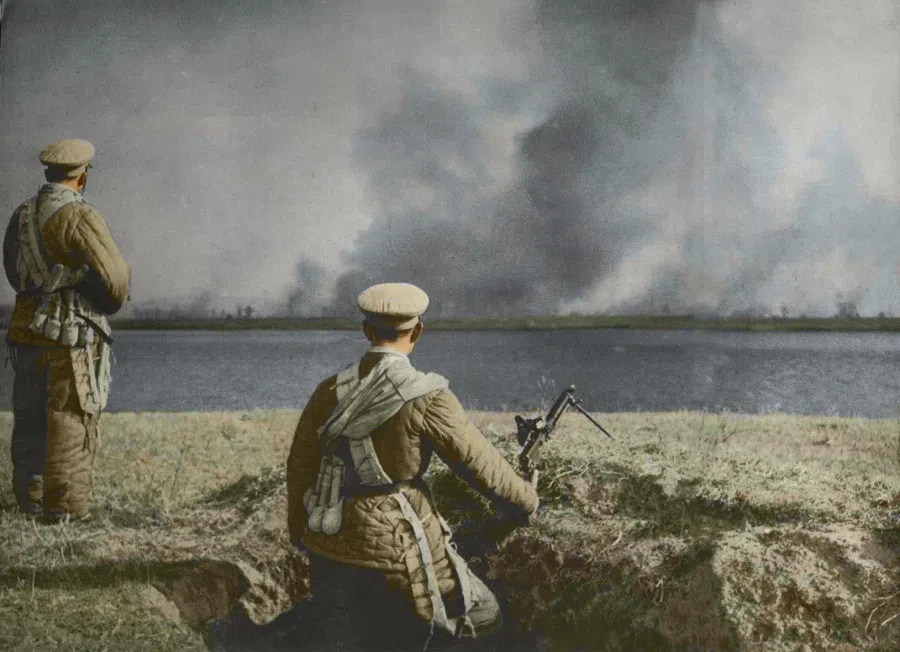
Weapons versus strength in numbers
Faced with the sudden attack of 200,000 volunteer soldiers, the UNC retreated. After three battles, the volunteer troops drove the UNC back past the 38th parallel, and even managed to capture Seoul on 4 January 1951, only for the UNC to recapture it on 15 March.





The US army had powerful guns and cannons, tanks, armoured vehicles, and superior air support, as well as seemingly unlimited ammunition and food. In contrast, the volunteers had far inferior weapons and equipment, with little mechanisation, low mobility, and insufficient ammunition and food. They were mainly politically driven, ready to keep fighting at the cost of lives and heavy losses.




The UNC quickly identified the volunteers' weakness. The volunteers had weak logistical support - the soldiers could only carry one weeks' worth of rations and attack by night. Casualties were heavy, but still they pushed the battle lines. And so, usually on the seventh day the volunteers were at the weakest with insufficient ammunition and low food supply. The soldiers were cold and hungry and exhausted, and had to stop fighting. This was when the UNC attacked. The volunteers had no energy to defend themselves, and could only beat a hasty retreat.






At this time, the UNC had a major change in leadership. General MacArthur planned the use of nuclear weapons against China, but US President Harry S. Truman objected as he felt that would set off a third world war. The disagreement dragged on, and was even made public. On 11 April 1951, MacArthur was finally relieved of command and returned to the US, as Lieutenant-General Matthew B. Ridgway took over as supreme commander.
At this point, the fourth and fifth battles occurred between China and the US, both of which wanted to control the scale and scope of the war. Generally, the fighting took place around the 38th parallel, until 27 July 1953, when delegations from both sides signed an armistice in Panmunjom in North Korea, near the border with South Korea, pausing the war of three years.









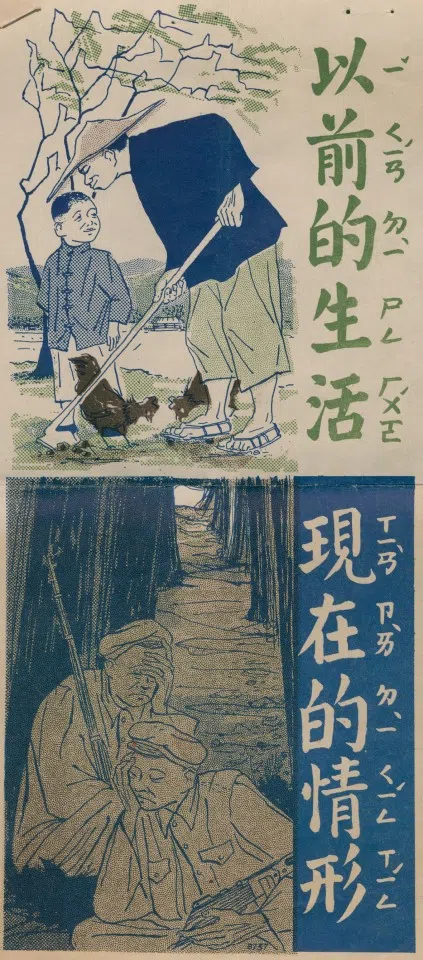
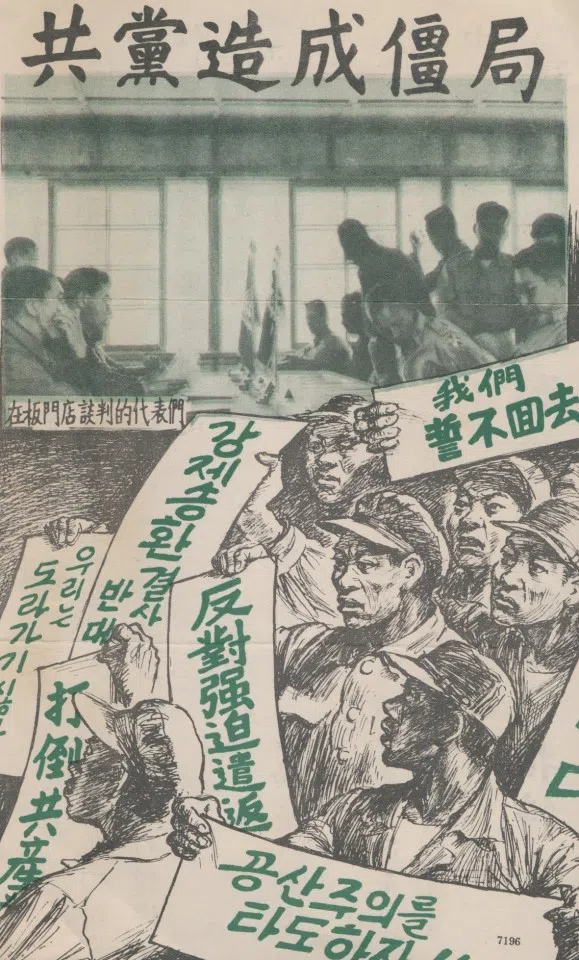





Volunteer army's sheer grit
The war made a significant impact on military strategy and Asian geopolitics. Whether in terms of weapons and equipment or logistical support, the troops sent by the barely one-year-old People's Republic of China were at a disadvantage as compared to the UNC. They only managed to fight against the UNC through pure mental motivation and by paying a heavy price in casualties.
According to statistics, the volunteers numbered about 1.35 million, while the North Korean troops numbered about 450,000; with Soviet troops included, the total was about 1.86 million. For the UNC, there were about 326,000 US troops and 590,000 South Koreans, for a total of over 960,000 troops, including those from other countries. The volunteers suffered the highest casualties, with about 400,000 killed and 480,000 injured, and nearly 20,000 captured; the US army had about 50,000 killed, 100,000 injured, and 5,000 captured. As the two armies held a protracted back-and-forth battle on the long, narrow Korean peninsula, almost every inch of land was pounded by artillery, resulting in countless refugees fleeing from the carnage that turned the Korean peninsula into a barren wasteland.
While the volunteer troops suffered the heaviest casualties in pulling the fight back to the 38th parallel, once China was organised and mobilised, it could hold its own against the world-class US army. Amid the fighting and training, it gained modern fighting capabilities, and subsequently built up a squadron of modern fighter jets. Even now, the West remains impressed by the strength it showed.



Gains and losses of the Korean War
With World War II, China shook off the bullying and humiliation it went through at the hands of the West during the Opium Wars, while the Korean War showed that China had rapidly closed the gap with the West in terms of military capabilities; it had established its place in Asia's geopolitics, and shown its inestimable potential for the future. In particular, direct combat with the US army gave the PLA a good idea of their opponents' advantages and how it lagged behind, which was a valuable reference for the PLA's modernisation and its strategy if it was ever pitted against the US army again.
In terms of building national spirit, each time there is potential military tension between China and the US, including in recent years, the Chinese government brings up its glorious fight against the US in helping North Korea, and the brave efforts of its volunteer troops, as a key method of encouraging the entire country to stand up to US military pressure.
As for the consequences of the post-WWII global competition for power, the Korean peninsula was tragically split apart, while Japan became a logistics base for the US during the Korean War, producing military supplies for the US army, leading to the rebuilding of Japan's armaments industry. Japan was also an R&R location for US troops, which stimulated its tourism and entertainment industries. The Korean War indirectly accelerated the rebuilding of Japan's economy.
The follow-up to the Korean War also highlighted the continued fighting between both the mainland China and Taiwan armies. As for the 7,000 UNC prisoners of war (POWs) captured by the volunteers, they did not share the same tragic fate of the previous Western POWs who surrendered to Japan, who faced execution, mistreatment, hard labour, and hunger. On the contrary, the UNC POWs, mostly Americans, were given special care, because the Chinese government wanted them to see firsthand that the Chinese were not the terrible monsters as portrayed by the West.


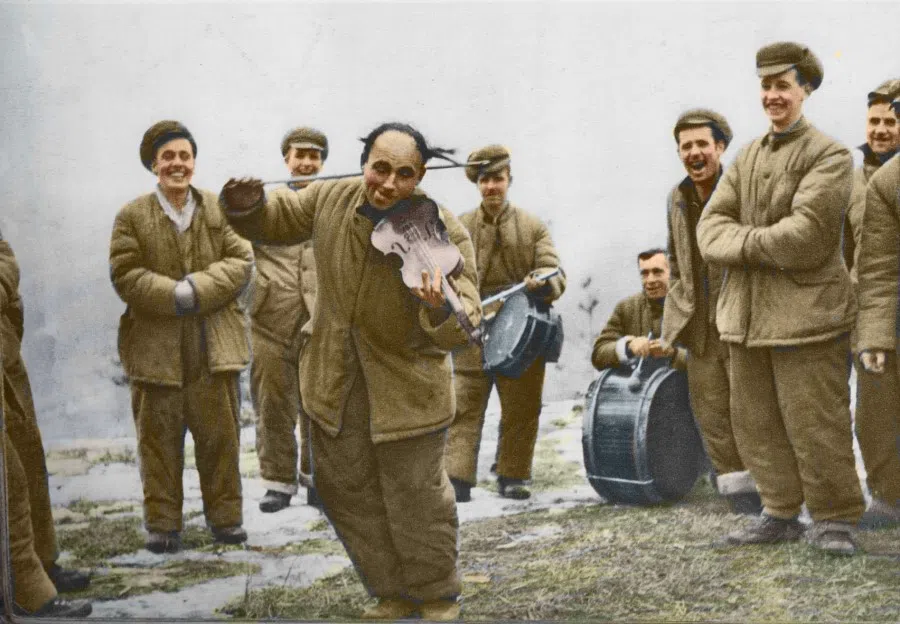


The UNC POWs were quickly repatriated. But 21 Americans and one British declined, and chose to go to China. And as the POWs were not abused but were well-treated, the US troops did not resent the volunteer troops as they did the Japanese, which laid an important foundation for future rebuilding of peaceful US-China relations.
There was one final consequence of the Korean War. Over 20,000 Chinese POWs were given a choice of where to be repatriated, with neutral India presiding over their registration. About 14,000 POWs chose to go to Taiwan. In early 1954, they were given a warm welcome as they arrived in batches at Keelung port; they subsequently joined the Taiwan army.

